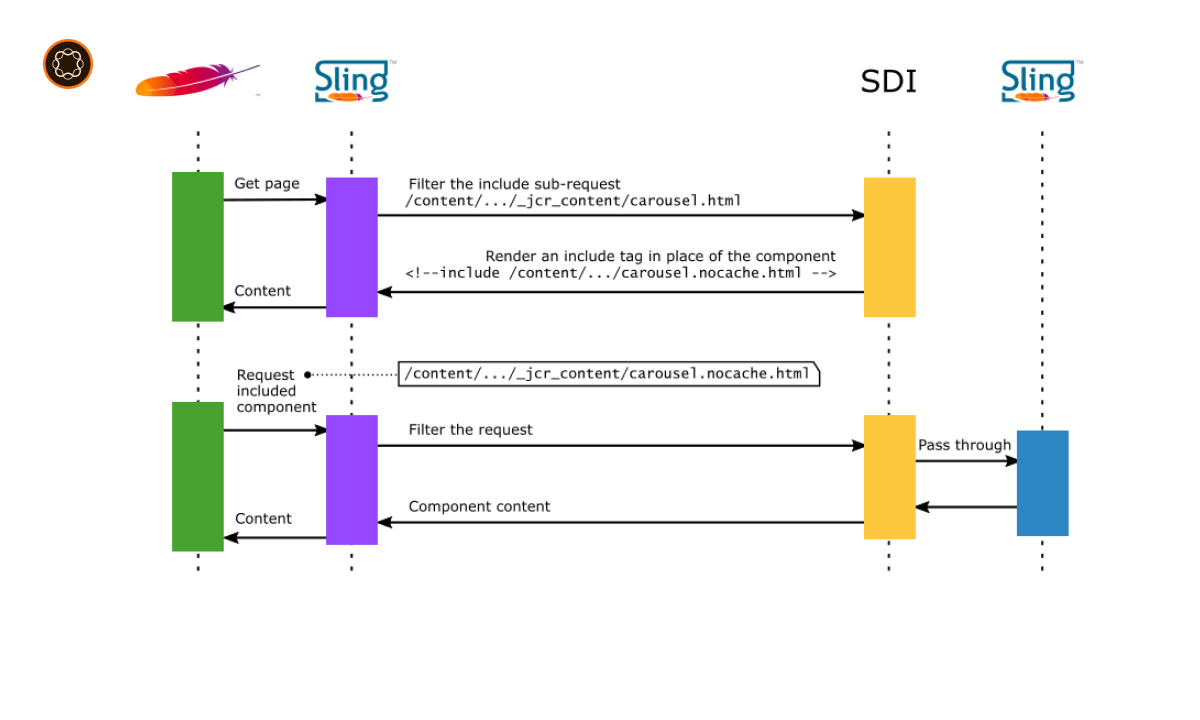Adobe Experience Manager (AEM), powered by Apache Sling, is a comprehensive content management solution for building websites, mobile apps, and forms. It is designed to make it easy for marketers and IT professionals to collaboratively manage and deliver an exceptional digital experience to their audience.
Key Takeaways
- Sling AEM is a content management system (CMS) designed by Adobe.
- It leverages Apache Sling, a web framework, to facilitate the creation, management, and optimization of digital content.
- It’s a key tool for marketers and IT professionals who need to manage and deliver digital experiences.
- Sling AEM functions on REST principles, facilitating easy communication with other web services.
- It uses a component-based architecture, making it highly customizable and scalable.
What is Adobe Experience Manager (AEM)?
Adobe Experience Manager (AEM) is a comprehensive content management solution that combines different types of web content including text, graphics, and user-generated content. It allows for easy management and delivery of digital experiences across multiple channels, such as websites, mobile apps, and forms.
Building with AEM
AEM provides an intuitive, drag-and-drop interface that enables professionals to create, manage, and deliver content without the need for extensive technical knowledge. This makes it a versatile tool that can be used by both marketers and IT professionals.
Apache Sling and its Role in AEM
Apache Sling is a web framework that AEM uses to access content. Sling treats the AEM content as a resource and allows it to be accessed in any way. In essence, Sling helps AEM to deliver the right content to the right person at the right time.

How Sling Works
Sling works on RESTful principles, which means it uses standard HTTP methods like GET, POST, PUT, and DELETE. This makes it easy for AEM to communicate with other web services and deliver content in a manner that’s easy for users to consume.
Component-Based Architecture of AEM
One of the key features of AEM is its component-based architecture. This means that each part of the content, such as a header, footer, or navigation bar, can be designed and managed separately. This allows for high levels of customization and scalability.
Benefits of Component-Based Architecture
The component-based architecture of AEM allows for a more flexible and scalable system. Components can be reused across different pages, reducing duplication of work and ensuring consistency across the site. Additionally, it allows for easier updates and changes, as individual components can be modified without impacting the entire system.
The Significance of Sling AEM in Content Management
Sling AEM has transformed the way professionals manage and deliver digital content. Its ability to combine various types of content, its intuitive interface, and its integration with Apache Sling make it a powerful tool for content management.
A Comprehensive Content Management Solution
Sling AEM’s comprehensive capabilities make it a go-to solution for many organizations. It provides a platform that enables seamless collaboration between marketing and IT departments, ensuring that digital experiences are optimized for the end user.
Conclusion
Understanding Sling AEM and its underlying principles is crucial for anyone working in digital content management. Its combination of a user-friendly interface, flexibility, and robust capabilities make it an invaluable tool for delivering exceptional digital experiences.

I’m Kirill Efimov, an experienced AEM developer with over 10 years of experience in Java and web development. I’m skilled in developing AEM components, templates, workflows, and integrations with other systems, and I’m passionate about delivering high-quality solutions to my clients.
I also believe in knowledge-sharing and staying up-to-date with the latest developments in the industry. Through blog posts, tutorials, and speaking engagements, I’m committed to contributing to the AEM community and helping others overcome the challenges they may face in their AEM projects.